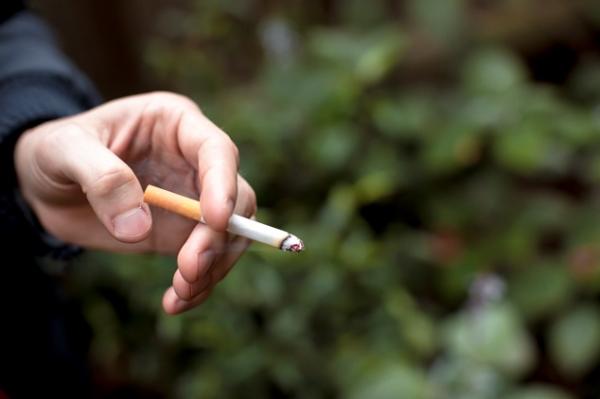What is tobacco?
Tobacco is one of the oldest known drugs. It’s a green leafy plant that is grown in warm climates and once it is picked, it is dried, ground up and used in different ways. Most people smoke tobacco in cigarettes, but some people prefer cigars or pipes. It can also be chewed, and sniffed through the nose as ‘snuff’.
The effects of tobacco
Tobacco contains the stimulant drug nicotine. Nicotine speeds up your central nervous system and makes you feel like you have more energy. It can also affect the brain so that you feel ‘good’ after smoking. Nicotine is highly addictive so you can get ‘hooked’ fast making it hard to quit.
When you first start to smoke you can feel sick and dizzy. It can make your heart beat faster, give you a headache and make you cough. Most of these effects – the good ones as well as the bad ones – become less as you keep on smoking. Over time, your body gets used to the chemicals in cigarettes, including nicotine.
When you inhale the nicotine in a cigarette, it hits your brain in about ten seconds and it wears off again within a few minutes. This is why most people feel like they need to keep smoking throughout the day and why it is easy to become dependent on smoking.
Tobacco and your mental and physical health
If you already have mental health problems, smoking can make it more complicated. You might start or keep smoking because you think it helps with your anxiety or depression, and then find that when you try and quit smoking your anxiety/depression becomes much worse.
So if you keep smoking, it becomes a vicious cycle. Smoking can also affect your physical health, causing things like shortness of breath, more regular colds or flu, yellow stained fingers and in the long term, heart disease and cancers.
Overdose
Although it’s hard to imagine, it is possible to have too much nicotine in one go. If you smoke too much (this doesn’t often happen) or you smoke or chew nicorette gum while wearing nicotine patches, you might end up feeling confused, being unable to get your breath or in extreme cases, have seizures.
Staying safe
If you are going to use tobacco, there will always be the risk of bad things happening. You can reduce some of this risk by:
-
Smoking less. See if you can cut down so that you smoke fewer cigarettes in a day or set limits on the number of cigarettes you will have in a day.
-
Having smoke free days.
-
Switching to something that reduces the health risks of smoking (e.g. patches, gum, lozenges and inhalers).
-
Quitting
Quitting
Some people manage to quit smoking without any help, but most people need some assistance.
Your general practitioner (GP) or local headspace centre can talk you through the options.
It is normal to crave cigarettes when you first quit, because your body is withdrawing from the nicotine. Gradually the cravings will become less and less.
You may find that after quitting you ‘relapse’ and start smoking again – don’t worry, every relapse is an opportunity to learn something new about your smoking habits and triggers. Making the change can be hard work, but it will be worth it.
Getting help
If your smoking is starting to affect things that matter, like your mental health, wellbeing or your friendships, it can be a good idea to talk to someone about your options, such as different ways to reduce or stop your use. Whatever you decide, headspace can help.
For more information, find your nearest headspace centre or for access eheadspace for online and telephone support.
Get professional support
If you feel you need help there are a range of ways we can support you.


